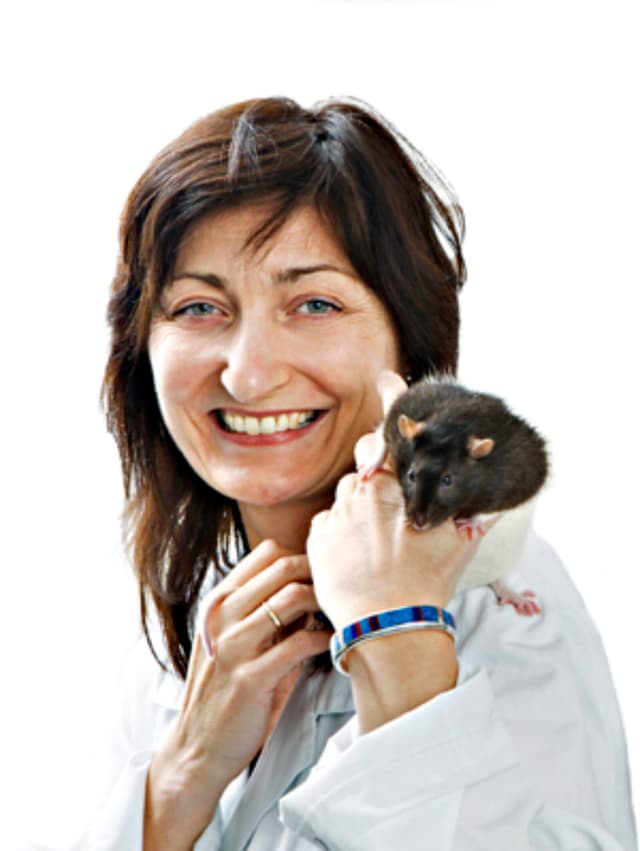New Centre for Neural Computation Announced by NTNU

(Originally published by the Norwegian University of Science and Technology in Trondheim)
November 20, 2012
Understanding how subjective experience arises out of electrical activity in the brain is probably the most challenging goal of neuroscience. Now a ten-year funding scheme from the Norwegian Research Council (RCN) gives neuroscientists at the Kavli Institute for Systems Neuroscience at NTNU an opportunity to crack the neural code and begin the extraction of computational algorithms from the mammalian cortex.
The Research Council of Norway has granted 13 research groups status as Norwegian Centres of Excellence (SFF centres) starting in 2013 – including a new center to be headed by May-Britt Moser, co-director of the Kavli Institute for Systems Neuroscience at the Norwegian University of Science and Technology in Trondheim.

Called the Centre for Neural Computation (CNC), itt will pioneer the extraction of computational algorithms from the mammalian cortex. Understanding the brain at the algorithmic level may have far-reaching implications, from the diagnosis and prevention of many neurological and psychiatric diseases to applications in the IT industry. As an SFF centre, the CNC will receive an annual allocation of approximately NOK 17.5 million or 30 million USD for a maximum of two five-year periods.
Neuroscientists have uncovered striking correlations between behaviour and neural activity but the distributed and interleaved nature of neural representations has prevented insight into the underlying computational operations. Not so anymore. At the Centre for Neural Computation the discovery of grid cells in the entorhinal cortex will be used as an access ramp to the decoding of neurocomputational algorithms.
How the mammalian brain generates its own codes, in the non-sensory cortices, has remained deeply mysterious. Yet this is where the understanding of subjective experience begins. A path was opened in this terra incognita in 2005 when the Moser group discovered the grid cells in the entorhinal cortex.
Grid cells provide the metric of the brain’s spatial mapping system. Because their matrix-like firing is generated within the brain, independently of specific sensory features, these cells provide unprecedented access to the principles for neural coding in higher-order association cortices. The CNC has assembled a dedicated expert team to decipher the fundamental codes of the space circuit – the mechanisms by which signals from grid cells and other cells are generated, transformed, stored and retrieved by local and global network operations.
"We will use these cells as a springboard for unraveling operational principles of mammalian cortex," said Moser said. "We also have the technology. It is just fabulous how new technologies allow scientists to read out computation in entangled neural circuits of behaving animals. The combinatorial power of methods such as cell type-specific transgenic interventions, very-high-density extracellular recording, juxta- and intracellular recording, and high-resolution optical imaging is enormous."
The vision of the Centre for Neural Computation is to extract the algorithms that give rise to an accessible mammalian cognitive function by taking advantage of the recent explosion of technologies for neural-circuit analysis. Among specific goals:
- Introduce an arsenal of fundamentally novel methods developed to deduce neural-circuit algorithms;
- Draw on the NORBRAIN national network of neuroscience technologies, established by 3 CoE groups in 2012 to enable trans-institutional development of next-generation neurotechnology in Norway;
- Pioneer the synthesis of experimental neuroscience with theoretical physics and computational modeling, which are essential to extract computational algorithms from large dynamic data-sets obtained with new technology;
- Establish a new Advisory Board of world-leading cortex experts as well as a team of mentors to guide young PIs;
- Establish a new PhD programme and an associated National Research School.